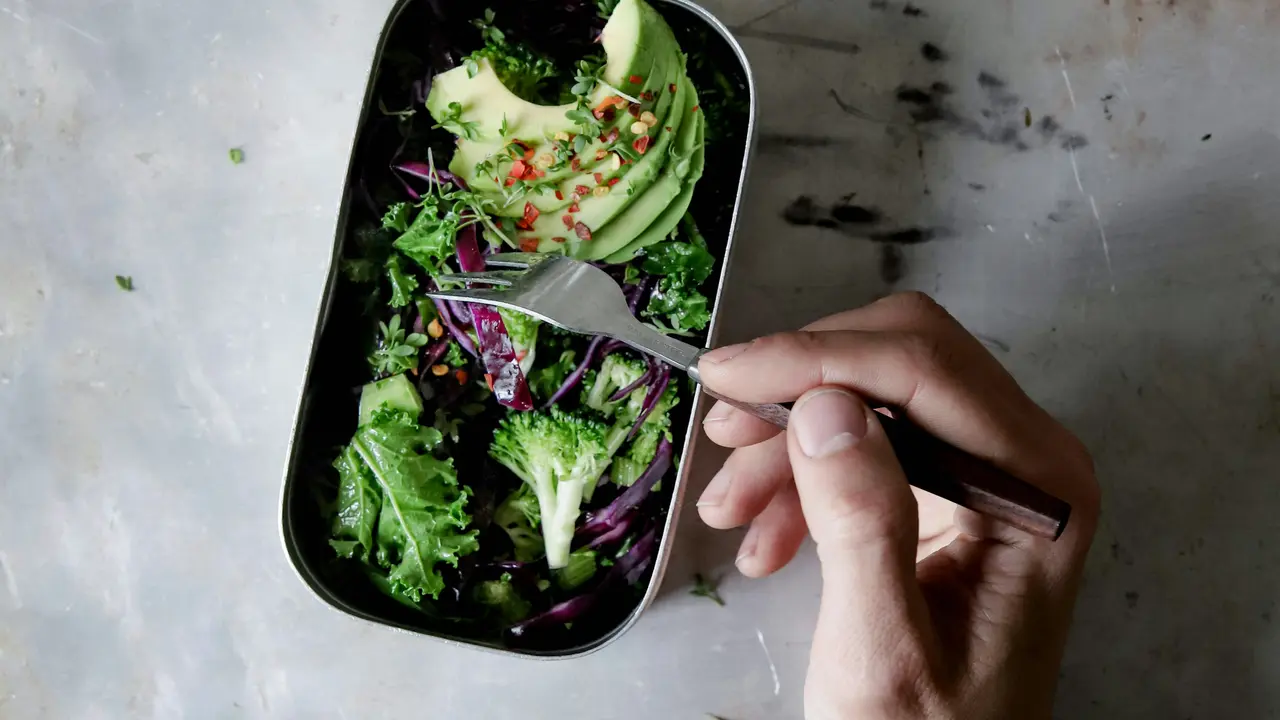Are you curious about how many carbs are in stuffing? As a classic addition to festive meals, stuffing can be both delicious and surprisingly nutrient-dense. However, understanding its carbohydrate content is essential for those monitoring their carb intake. In this article, we will delve into the nutritional aspects of stuffing, revealing the carb counts you need to know!
Understanding Carbohydrates in Stuffing
What Are Carbohydrates?
Carbohydrates are one of the three macronutrients, alongside proteins and fats. They serve as a primary energy source for the body. When we talk about how many carbs are in stuffing, it’s crucial to understand what types of carbs are present. Carbohydrates can be classified as simple or complex, with complex carbs generally being found in grains and vegetables.
Types of Stuffing and Their Carb Content
Stuffing can vary widely based on its ingredients. Here are some common types of stuffing and their approximate carbohydrate counts per serving (about 1 cup):
- Cornbread Stuffing: Approximately 45 grams of carbs
- Bread Stuffing: About 32 grams of carbs
- Wild Rice Stuffing: Roughly 40 grams of carbs
- Quinoa Stuffing: Around 30 grams of carbs
The carb content can substantially differ when adding ingredients such as fruits, nuts, or sausages. For a truly accurate figure, recipe specifics must be analyzed.
Factors Affecting Carb Count in Stuffing
Ingredients Matter
The ingredients used to prepare stuffing directly impact its carbohydrate content. For instance, white bread stuffing is typically higher in carbs compared to whole grain or gluten-free options. Consider what you’re including in your stuffing:
- Bread type and its processing
- Additives like fruits and nuts
- Use of broth or sauces that may contain sugars
Serving Size and Preparation Method
The serving size of stuffing influences the total carbohydrate count significantly. Additionally, how the stuffing is prepared can also change its nutritional profile.
- Baked vs. stovetop methods can alter moisture content and density.
- Stuffing cooked inside a turkey may absorb juices, altering its carb content slightly.
Comparative Analysis: Stuffing vs. Other Side Dishes
Carbohydrates in Popular Side Dishes
When considering how many carbs are in stuffing, it can be helpful to compare it to other beloved side dishes. For example:
- Mashed Potatoes: Approximately 37 grams of carbs per cup
- Rice: About 45 grams of carbs per cup
- Macaroni and Cheese: Roughly 40 grams of carbs per cup
This comparison can give you a better perspective on how stuffing fits into your overall meal plan.
Health Considerations and Alternatives
Balancing Your Diet
For those watching their carbohydrate intake, understanding how many carbs are in stuffing assists in meal planning. It’s essential to achieve a balanced diet that includes carbohydrates, proteins, and fats.
Consider pairing stuffing with lower-carb options such as:
- Roasted vegetables
- Lean proteins, like turkey or chicken
- Salads with a vinegar-based dressing
Low-Carb Stuffing Alternatives
If you’re seeking to reduce carbs further, there are delicious alternatives to traditional stuffing:
- Cauliflower Stuffing: A great low-carb substitute
- Chickpea Stuffing: Offers protein and fiber while being lower in carbs
- Zucchini Bread Stuffing: Another inventive option that maintains flavor without the high carb count
Conclusion
In summary, understanding how many carbs are in stuffing helps you make informed decisions about your meals, especially during festive gatherings. The carbohydrate content can vary widely depending on the ingredients and preparation methods used. By considering alternative ingredients and portion sizes, you can enjoy stuffing without straying too far from your dietary goals. Don’t forget to share this article with friends and family who might find it helpful, and explore other articles on nutrition and healthy eating tips!
Carbs – Recent Articles
- How Many Carbs in a Cup of Sweet Potatoes? Find Out Now!
- How Many Carbs in Pho Soup? Discover the Surprising Truth!
- Discover How Many Carbs in a Mini Kit Kat Surprise!
- How Many Carbs in a Pancake with Syrup? Find Out Now!
- How Many Carbs in a Heineken Beer? Discover the Truth!
Carbs – Useful Links
- Harvard T.H. Chan — Carbohydrates (The Nutrition Source)
- Harvard T.H. Chan — Carbohydrates and Blood Sugar
- Oklahoma State University Extension — Carbohydrates in the Diet
- Colorado State University Extension (Food Smart Colorado) — Carbohydrates
- Mayo Clinic — Carbohydrates: How carbs fit into a healthy diet
